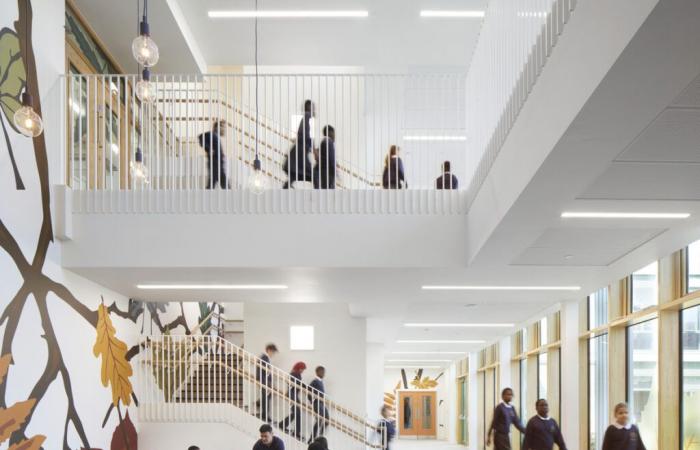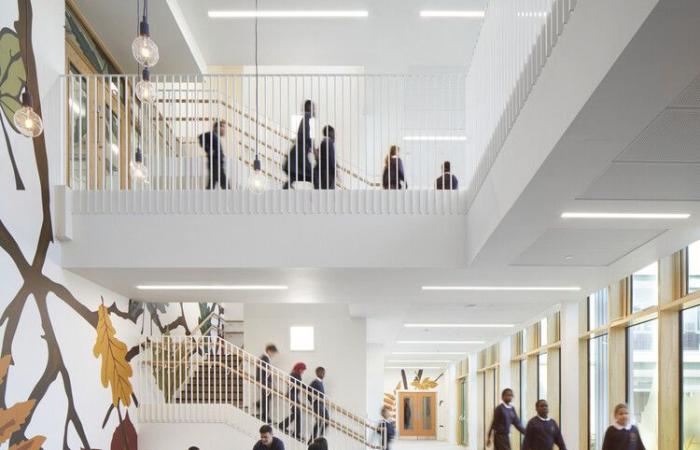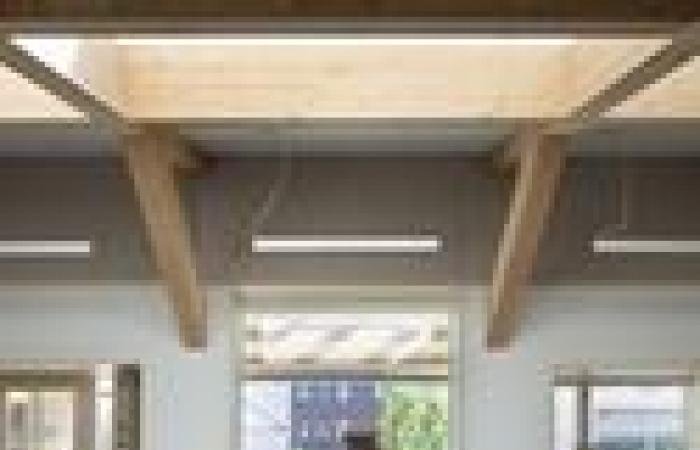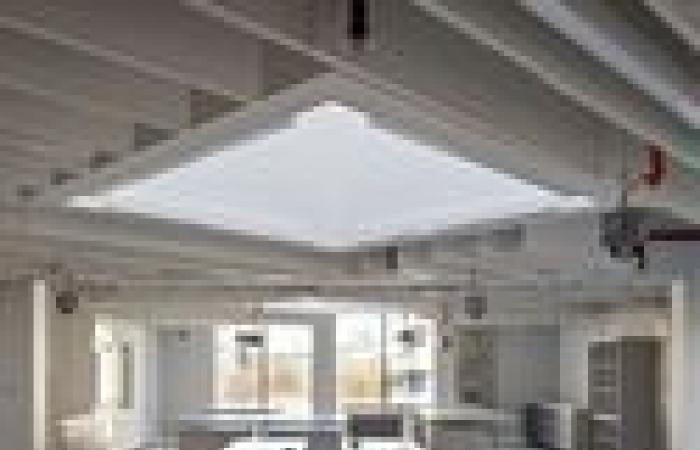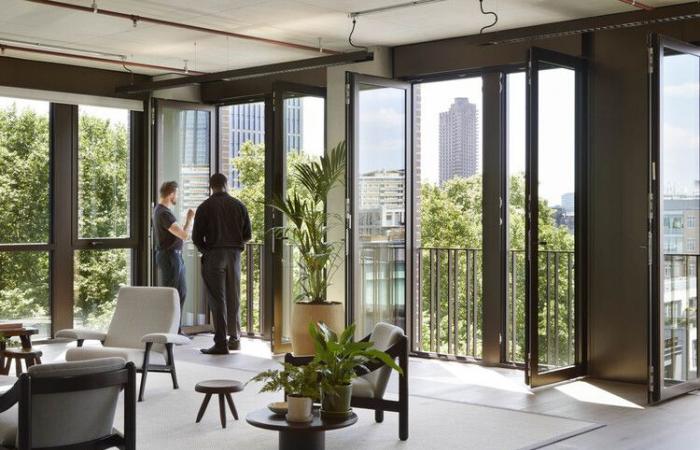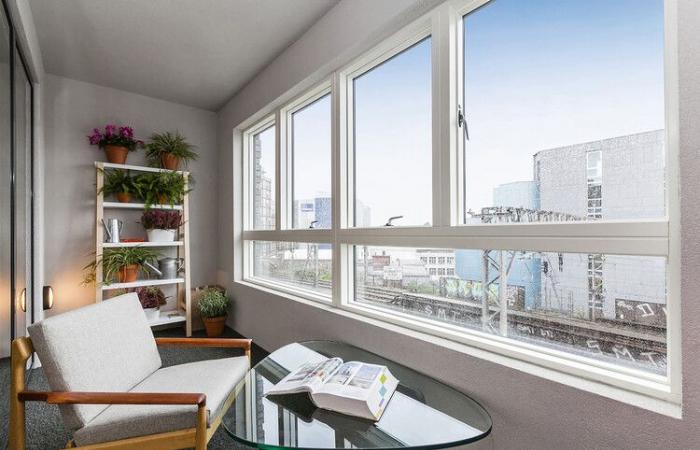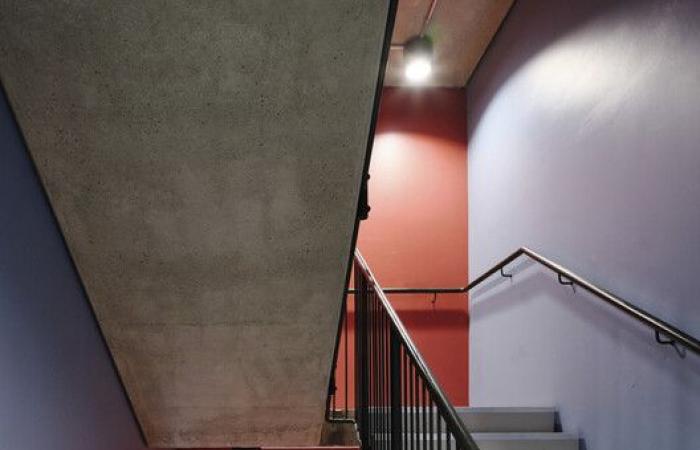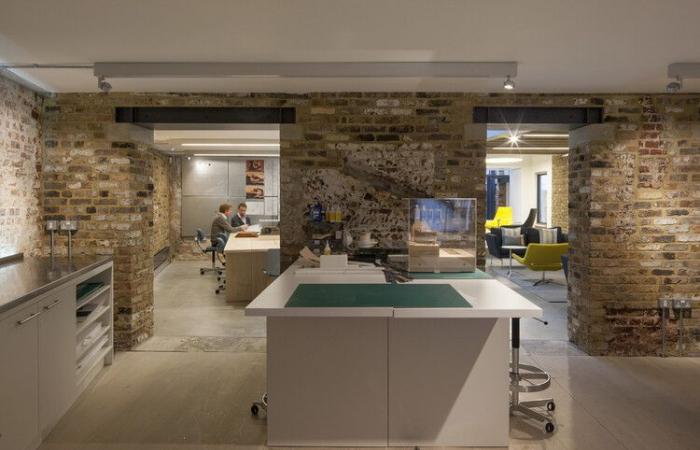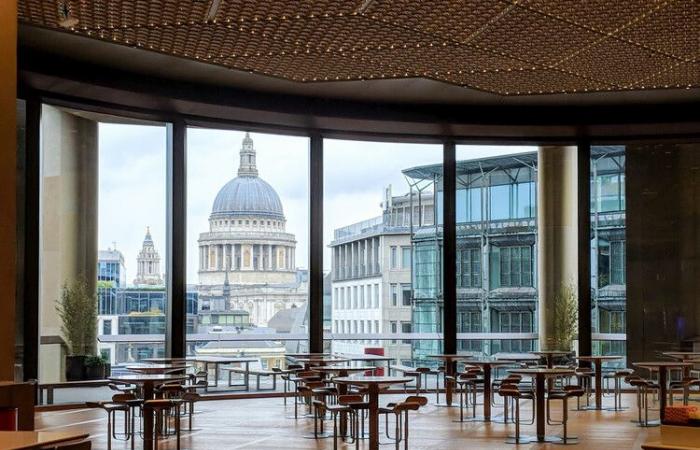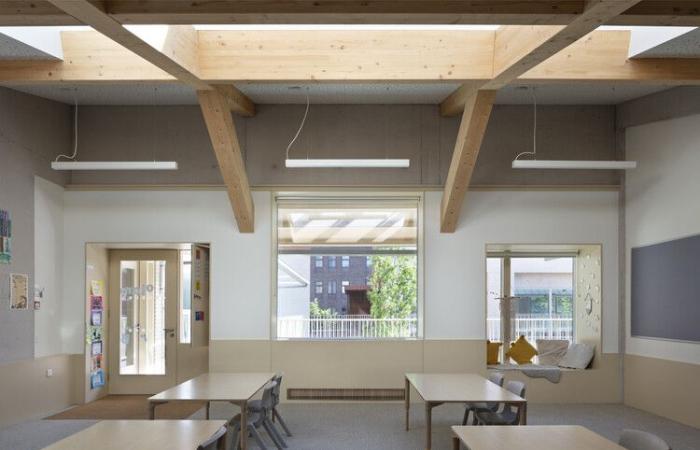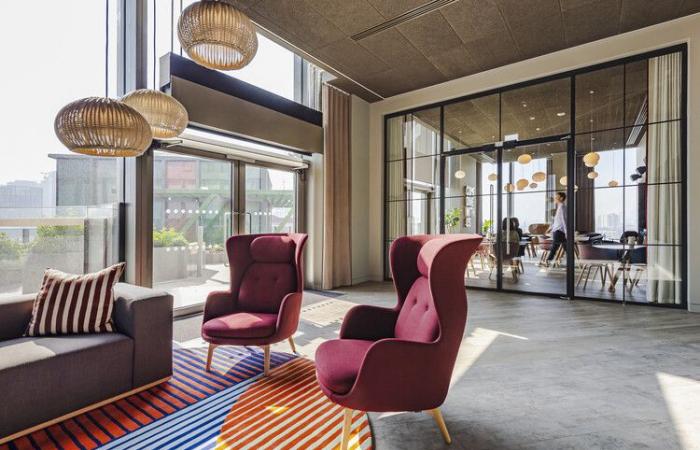O
The internal environment is the focus of this second article about the design for noise in order to improve well -being. According to several recent studies, noise in cities has become a growing danger to Health. The ambient sound, that is, the noise of traffic, industrial activities or amplified music, which reaches internal spaces, is not simply a discomfort. It has been linked to cardiovascular diseases, diabetes, dementia and mental health problems. As the world is urbanized, more people are exposed to excessive noise levels. In housing of medium and high density, in office buildings and in schools, noise pollution can come from internal sources as well as external.



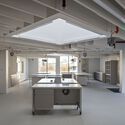
 + 11
+ 11
According to both the World Health Organization (WHO) and the European Environmental Agency, at least 20% of the European Union population suffers from prolonged noise exposure. In Western Europe, this results in the loss of 1.6 million ‘years of life adjusted for disability’ (Avad), or years of good health, per year. Noise levels during the night are particularly problematic, since they lead to sleep alterations, which in turn can raise the risk of developing anxiety and depression. WHO recommends night noise levels of a maximum of 30 decibels in bedrooms for a quality dream, a level that is often exceeded in urban environments.
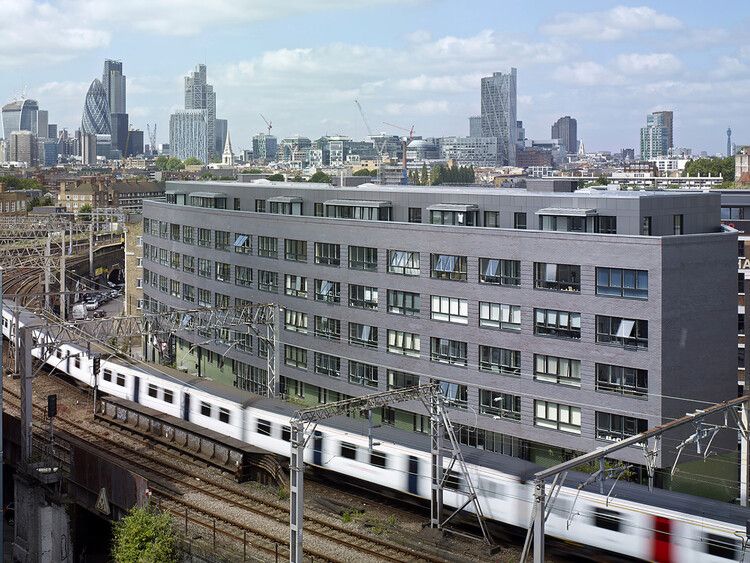
In workplaces and education, in a similar way, noise pollution can have a detrimental effect on mental health, concentration and well -being. The noise sources include traffic and airplanes, high music, talks in open plant places, or impact sounds of adjacent properties. The design offers powerful solutions to minimize acoustic disturbances. Careful architectural and design elections can significantly reduce noise, creating more comfortable and productive environments. In places of education, a good internal acoustics also helps with the audibility of the instructor.
Related article
Live well in high density cities: connections between urban density and public healthExternal noise mitigation

The first line of defense against exterior noise is the building envelope. For all types of buildings, dense materials in the facade attenuate the sound that enters, just like the sounding windows with double or triple glazing. The position and guidance of the building can relieve the need for high -performance acoustic materials, simply when oriented far from noise sources such as traveled roads or railways. The need for adequate ventilation often conflicts with the attenuation of exterior noise, where open windows become a gap. Mechanical ventilation or acoustically isolated opening vents can be a solution.
Noise in homes
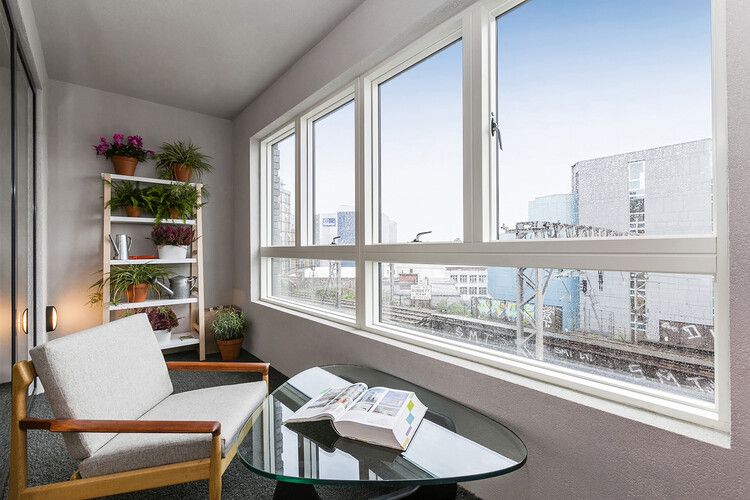
Deletely eliminating unwanted noise within homes can have a deep improvement in the well -being of the occupants. Design strategies reduce the passage of sound from the outside environment, from adjacent homes and between spaces within the house. Good planning can be very effective. Close balconies to create winter gardens in noisy facades can help attenuate external sound. Place bedrooms away from animated areas such as kitchen and elevator axes improves sleep, while the rooms themselves can be separated by cabinets and storage.
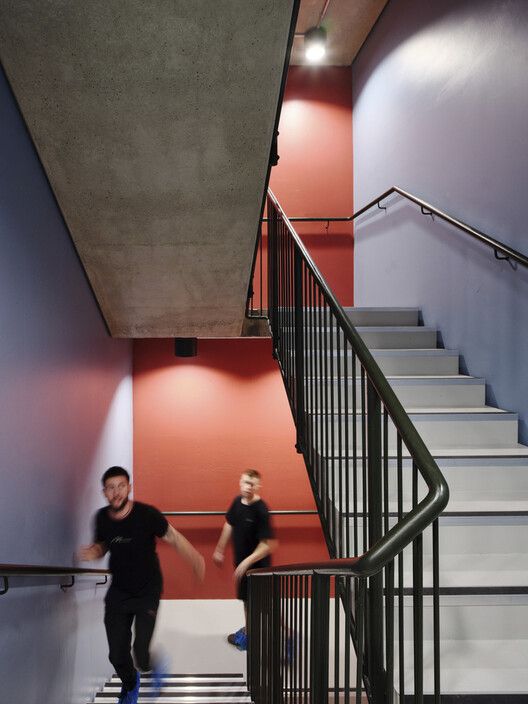
Prevent noise transfer between adjacent apartments implies reducing aerial sound and impact sound. Using density in the separation of walls and floors, as with concrete, acoustic wool and dense plaster panels, reduces air sound transmission. The impact noise is more commonly transferred through the floor and can be mitigated using floating floors and acoustic rubber layers in the construction of the floor. Common corridors and stairs can also be noise sources, where hard surfaces in these long spaces can amplify the sound as it reverberates between them. Introducing soft materials such as carpets and ceiling and acoustically absorbent panels is a possible mitigator.
Noise in offices and schools
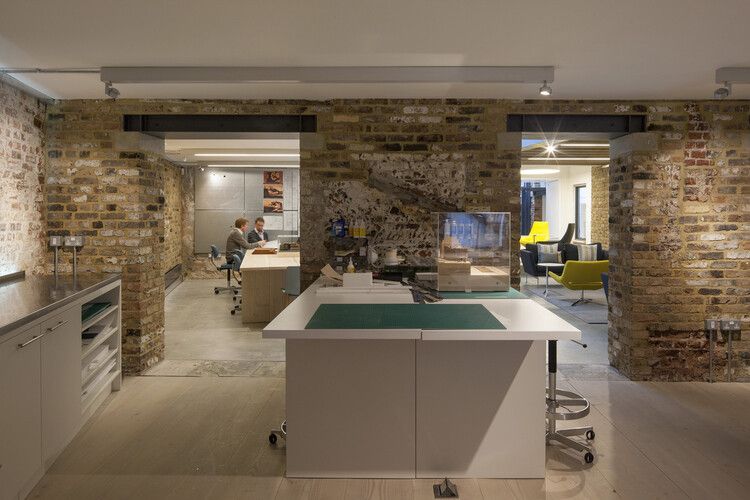
Internal noise sources are perhaps more significant in these types of buildings, especially with open plant offices becoming more common because of their collaborative and low -cost potential. Open plant offices have received a good part of criticism due to their impact on well -being and productivity, mainly due to noise. There may be some mitigation by subdividing large spaces and separating meeting areas and communal areas of quiet work spaces. Meeting rooms can be closed with walls and doors to contain any sound.
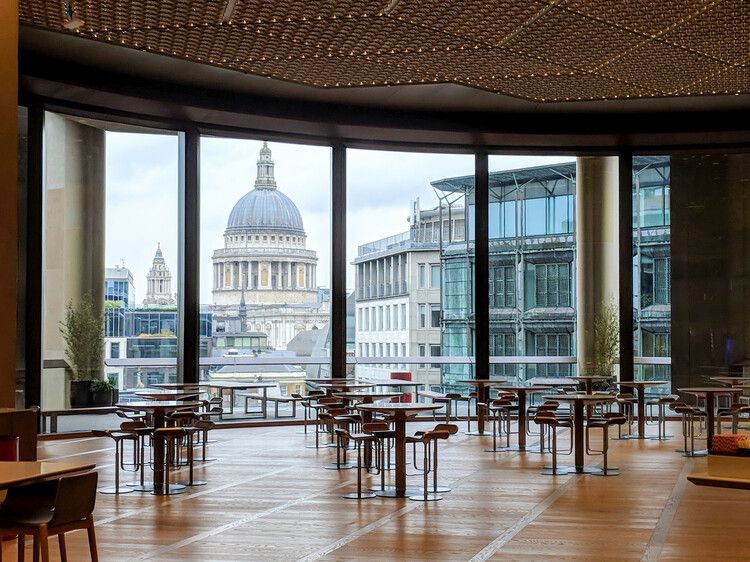
To reduce the inevitable buzz noise buzzing, sound absorbent materials can be used in internal finishes. The roofs are well suitable for this, where acoustic rafts, bagles or acoustic roof plates can be part of the strategy. Soft furniture also acts as sound absorbents. High support chairs, soft cubicles and screens between work stations help further subdivide the space. Plants and internal vegetation offer more sound absorption while, at the same time, they are visually pleasant.
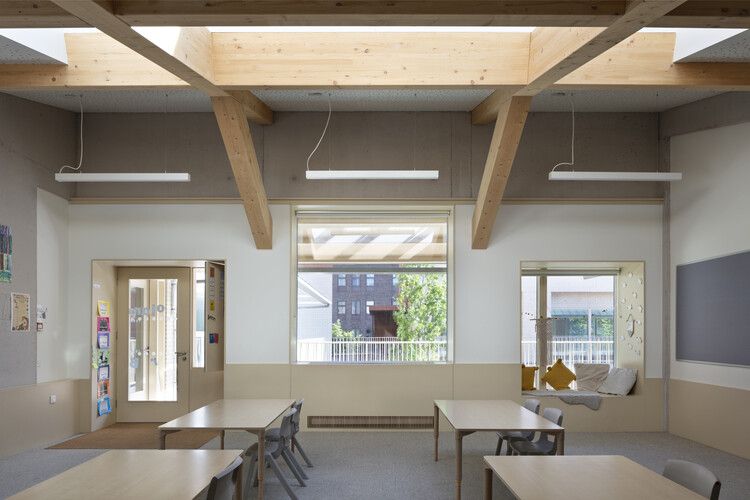
Teaching spaces have acoustic requirements similar to office spaces. The impact of a noisy environment can have a significant obstacle effect on children’s education, with some estimates that put the loss of speech intelligibility in 33% of the content of a lesson. This adds to irritation and loss of concentration, with potential mental health problems developing. Improving acoustics in a classroom focuses on reverberation time reduction. The use of absorbent materials, for example, on the roof or on the walls, can reduce this to no more than 0.6 seconds at medium -speaking frequencies. This reduces the general background noise of the room while speaking is more intelligible.
A holistic vision
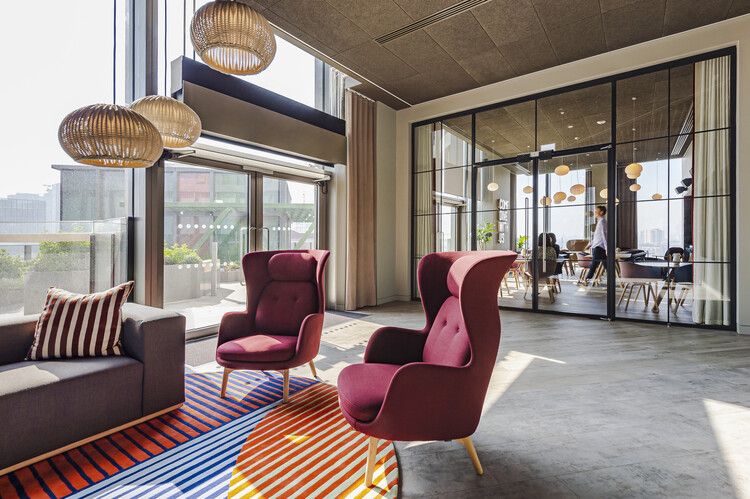
Controlling the noise level in the internal environment is essential for well -being. This has to do with both external and internal noise sources, and is required in places of residence, work and study. In all cases, there is a hierarchy of strategies, beginning with the position and orientation of the building, through the planning of the interior space, the technology and the materials of the building, and finally with the furniture. When they are implemented reflectively, these measures can reduce the load of health problems related to noise and encourage environments that support rest, concentration and resilience.

This article is part of the tEMAS DE ARCHDAILY: BUILDING WELFARD: Design of spaces to healpresented in collaboration with the Hushoffice.
With its class A Pods line, Hushoffice helps create acoustically balanced workplaces that offer a great environment for collaboration and focus, encourage the well -being of employees and accommodate the needs of neurodiverse personnel, as well as employees with motor disabilities.
Every month we explore an in -depth topic through articles, interviews, news and architecture projects. We invite you to learn more about Our themes. And, as always, in Archdaily we value the contributions of our readers. If you want to send an article or a work, Contact us.

